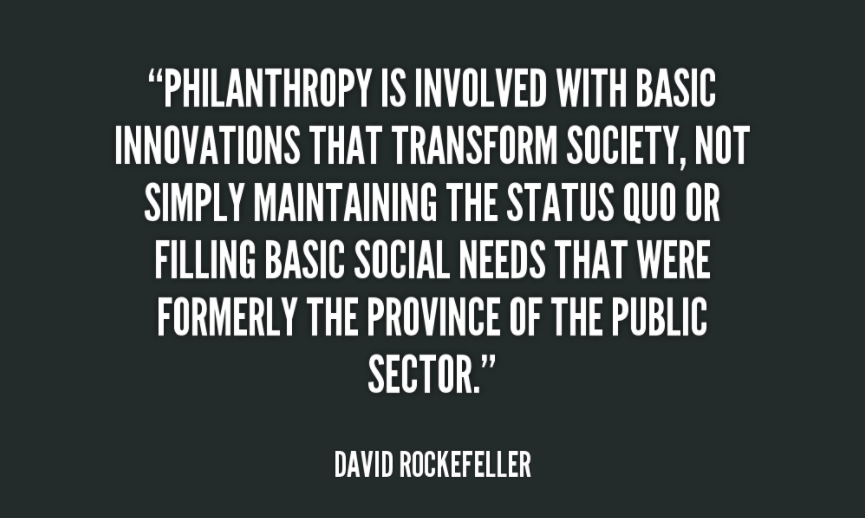The individuals who support and are involved in your non-profit organization pour their heart and soul into the mission that it serves. Whether it be providing meals for for those less fortunate, visiting elderly folks with limited mobility, offering counseling services to the people in your community, or providing care for people through a religious or faith-based organization, your mission is what drives your staff, volunteers, and your donors.
Communicating how your organization fulfills its mission is vitally important to continually garnering support from all of your constituents, and of course, your organization’s website and social media channels are two of the key ways to convey your NPO’s message. SafeHouse Web is proud to support local non-profit organizations in San Benito County, and throughout other parts of California as well. SafeHouse Web works with organizations to develop and grow their overall online presence, and works specifically with organizations’ website design, social media marketing, and e-mail newsletter management. Director Scott Kindred says, “We provide ongoing support for 4 major nonprofit organizations in San Benito County. We couldn’t be happier about our role in helping the NPOs make our own county a better place to live.” Scott and the team at SafeHouse Web are very pleased to continually support NPO development through communicating the organizations’ missions to those who serve and those who support these local and state-wide organizations.
Donors play a key role in an NPO’s success
Beyond communicating your organization’s mission, the work being done in your programs, and your organization’s outcomes, your NPO needs different types of support, and particularly, financial support. Your donors who faithfully support your non-profit have a significant impact on your organization’s success, and continually enable your NPO to serve the people in your community.
Donor development is a key concern of the leaders of any non-profit
Communicating your organization’s on-going work, its mission and its outcomes are all good foundations, but what next?
- How do you best engage with your regular donors?
- How do you identify new donors who want to support your work?
- How do you get financial supporters to be excited about new initiatives and capital campaigns?
- How should NPO leaders work with long-term and planned giving?
- Perhaps most importantly, how do organizational leaders recognize and convey their gratitude to donors who make the help and service your organization provides to your community possible?
While each non-profit organization is different in who it serves and how it operates, the need for fundraising and donor development is key for any NPO. Non-profit fundraising expert Tammy Zonker has been working in donor development for many years, and has developed five key strategies for how to develop donors who support your NPO:
1. Treat donors the way they want to be treated
First, Zonker describes what she calls the “platinum rule.” Whereas the golden rule says to treat others the way you would like to be treated, Zonker’s platinum rule is to treat people, in this case, donors, the way they want to be treated. She encourages NPOs to offer donors opportunities to see first-hand the benefits their financial contributions are providing. This might be hands-on service, such as the opportunity to fill backpacks with food for children in need or serve hot meals at a homeless shelter, or special opportunities such as a lecture on current work or research that make donors feel like they are in the inner circle of the organization.
2. Write hand-written thank you notes for donors
Second, Zonker recommends writing hand-written thank-you notes to donors that include specific examples of what their donation helped to accomplish. Such a note might begin with, “Because of you, our organization was able to…” A donor who learns by means of a hand-written note that their donation enabled a foster child was able to attend a special camp, or a family who experienced loss had someone provide hot meals and childcare for them, can feel a sense of exactly how they helped and how much both the organization and the people they served were grateful for their help. A donor who can feel this personal sense of connection is likely to continue supporting the work in the future, as well.
3. Create tangible tokens of appreciation for donors
Third, similar to hand-written notes, Zonker recommends creating tokens of appreciation that a donor can take home as a reminder of a special experience they had with the organization. An NPO that serves children might host an arts and crafts day in which they ask each child to create a Valentine’s Day card for a donor. A token of appreciation could be a framed photo taken at a fundraising gala or an all-hands community clean-up day. Such a token can be effective in donor development both for donors who able to attend an event, to provide them with something to remember the occasion, and for donors who were not able to attend–to still provide them with a small tangible item that reminds them of the good work their support is enabling. Tokens of appreciation do not have to be costly, just meaningful and representative of the work that your organization does.
4. Host regular gatherings of donors and constituents
A fourth strategy that Zonker recommends is providing your donors with quality face-to-face time with other donors and constituents in the organization. Your NPO may host a quarterly supporter update meeting to share the recent work the organization has accomplished, or a special luncheon or dinner event to thank donors for their support. In our busy day-to-day lives, having time to connect with others in person can offer your donors an enjoyable time to spend with friends who also support the organization, and to make new friends who share mutual support for the important cause your organization serves.
5. Provide transparent reporting on use of funds, program activity and impact
Finally, the fifth strategy that Zonker notes for how to develop donors is to communicate in measurable ways your non-profit’s impact. Written communications such as newsletters, impact reports, or stewardship reports that describe the type of outcome measurement your NPO is doing show donors clearly how funds are being used and just how far those funds are going to fulfill your organization’s mission. You may have a graphic designer express in large, bold numbers statistics for a quarterly or annual report–the number of meals served, the number of hours of mentorship provided to at-risk teens, or the number of low-income families who were provided with a holiday meal. This provides both transparency of the use of funds and measurability of the impact that your donors have provided to your community. Both enable your donors to feel proud that their donations are serving the community and fulfilling the mission of your organization.
To hear Tammy Zonker’s full speech on how to develop donors for your non-profit organization, watch the video below:
Does your non-profit organization need a partner to help communicate to your audience through your website and social media? Contact SafeHouse Web today to see how we can help communicate your NPO’s mission and work.



